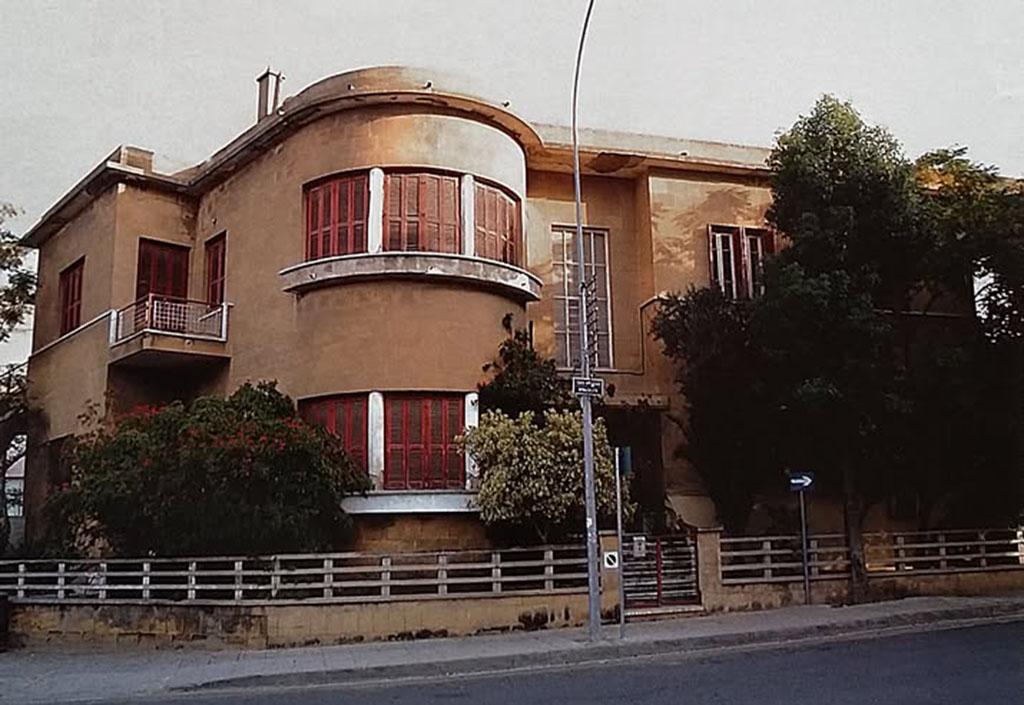Another landmark building has been demolished in Nicosia, sparking outrage among locals and lovers of old architecture.
The house, built in the 1930s on the corner of Arnaldas and Stassinos streets, was demolished on Friday night, 31 January.
The process, which was captured on video, quickly went viral on social media and provoked strong criticism from the public, who considered it a tragic loss for the city's architectural heritage. It is worth noting that the building, formerly owned by merchant Trasivoulos Trifonou, was a prime example of 1930s architecture.
Designed by the renowned Cypriot architect Odysseas Tsangaridis, the building had a characteristic semicircular protruding wing resembling the stern of a ship. Clad in carved limestone and topped with a flat reinforced concrete roof, the building was a rare example of Cyprus' rapid architectural development. For many Nicosians, its demolition symbolised the more global challenges facing the city's architectural heritage today. Some said the capital was losing its historic character to modernisation and commercial development.

For its part, the Nicosia Municipality (EOA) responded to the public attacks on Sunday 2 January by saying that the house demolished last week was not a landmark.
The demolition permit was issued by the Nicosia municipality before the local government reform. And the EOA noted that it was private property, so the owners had every legal right to rebuild. The EOA said it had drawn up a list of buildings to be included in the architectural heritage of the Cypriot capital and sent it to the town planning department. Incidentally, as of today, more than seven thousand objects throughout Cyprus have protection status. Another four thousand applications are under consideration.
It should be remembered that the historic centre of Nicosia has been in a deplorable state for more than 40 years. The district, where buildings are no higher than 3-4 storeys, requires urgent action from the authorities, but neither the municipality nor the government is taking active measures. The capital's architectural heritage is being destroyed not so much by age as by systematic inaction. Funding is inadequate, and private investment is virtually banned. Today, the Nicosia municipality manages around 250 buildings officially recognised as architectural monuments, but many of them are literally crumbling before our eyes.
